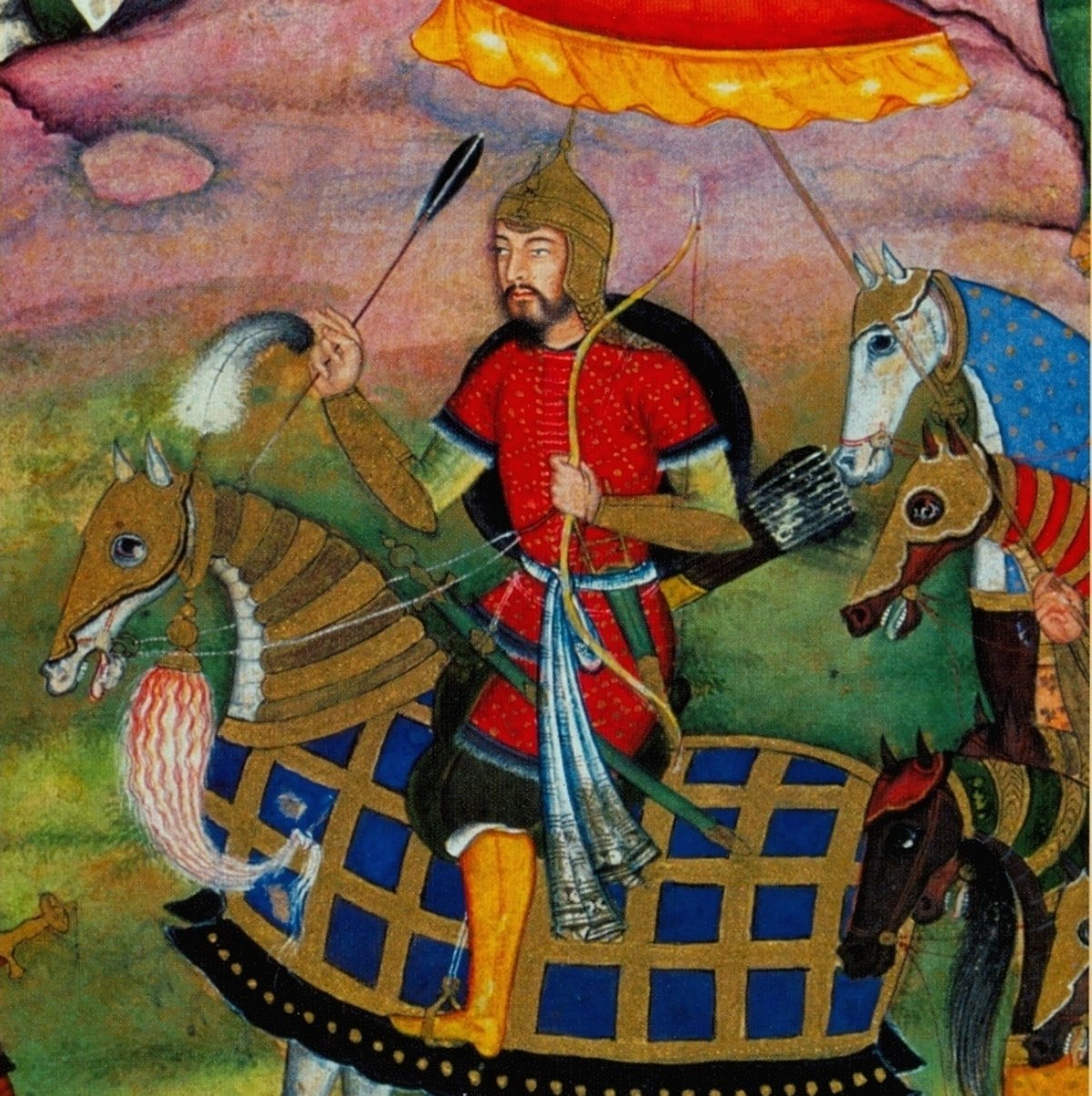
Humayun
IndiaNasir al-Din Muhammad, known as Humayun (1508–1556), was the second Mughal Emperor, ruling over territories that now include Eastern Afghanistan, Bangladesh, Northern India, and Pakistan. His reign was marked by initial instability but ended with significant contributions to the Mughal Empire's cultural and territorial expansion. Humayun succeeded his father, Babur, in 1530 at the age of 22, facing immediate challenges due to his inexperience and the division of territories between him and his half-brother Kamran Mirza. This division, stemming from a Central Asian tradition divergent from the Indian practice of primogeniture, sowed discord and rivalry among the siblings.
Early in his reign, Humayun lost his empire to Sher Shah Suri but regained it in 1555 with Safavid assistance after spending 15 years in exile. This exile, particularly in Persia, profoundly influenced him and the Mughal court, introducing Persian culture, art, and architecture to the subcontinent.
Humayun's reign was characterized by military challenges, including conflicts with Sultan Bahadur of Gujarat and Sher Shah Suri. Despite early setbacks, including the loss of his territories to Sher Shah and a temporary retreat to Persia, Humayun's persistence and the support from the Safavid Shah of Persia ultimately enabled him to reclaim his throne. His return was marked by the introduction of Persian noblemen into his court, significantly influencing Mughal culture and administration.
The later years of Humayun's rule saw the consolidation of Mughal territories and a revival of the empire's fortunes. His military campaigns extended Mughal influence, and his administrative reforms laid the groundwork for the flourishing reign of his son, Akbar. Humayun's legacy is thus a tale of resilience and cultural synthesis, embodying the fusion of Central Asian and South Asian traditions that would characterize the Mughal Empire's golden age.
On 24 January 1556, Humayun, with his arms full of books, was descending the staircase from his library Sher Mandal when the muezzin announced the Azaan (the call to prayer). It was his habit, wherever and whenever he heard the summons, to bow his knee in holy reverence. Trying to kneel, he caught his foot in his robe, slipped down several steps and hit his temple on a rugged stone edge. He died three days later. After young Mughal emperor Akbar defeated and killed Hemu in the Second Battle of Panipat. Humayun's body was buried in Humayun's Tomb in Delhi the first very grand garden tomb in Mughal architecture, setting the precedent later followed by the Taj Mahal and many other Indian monuments.
